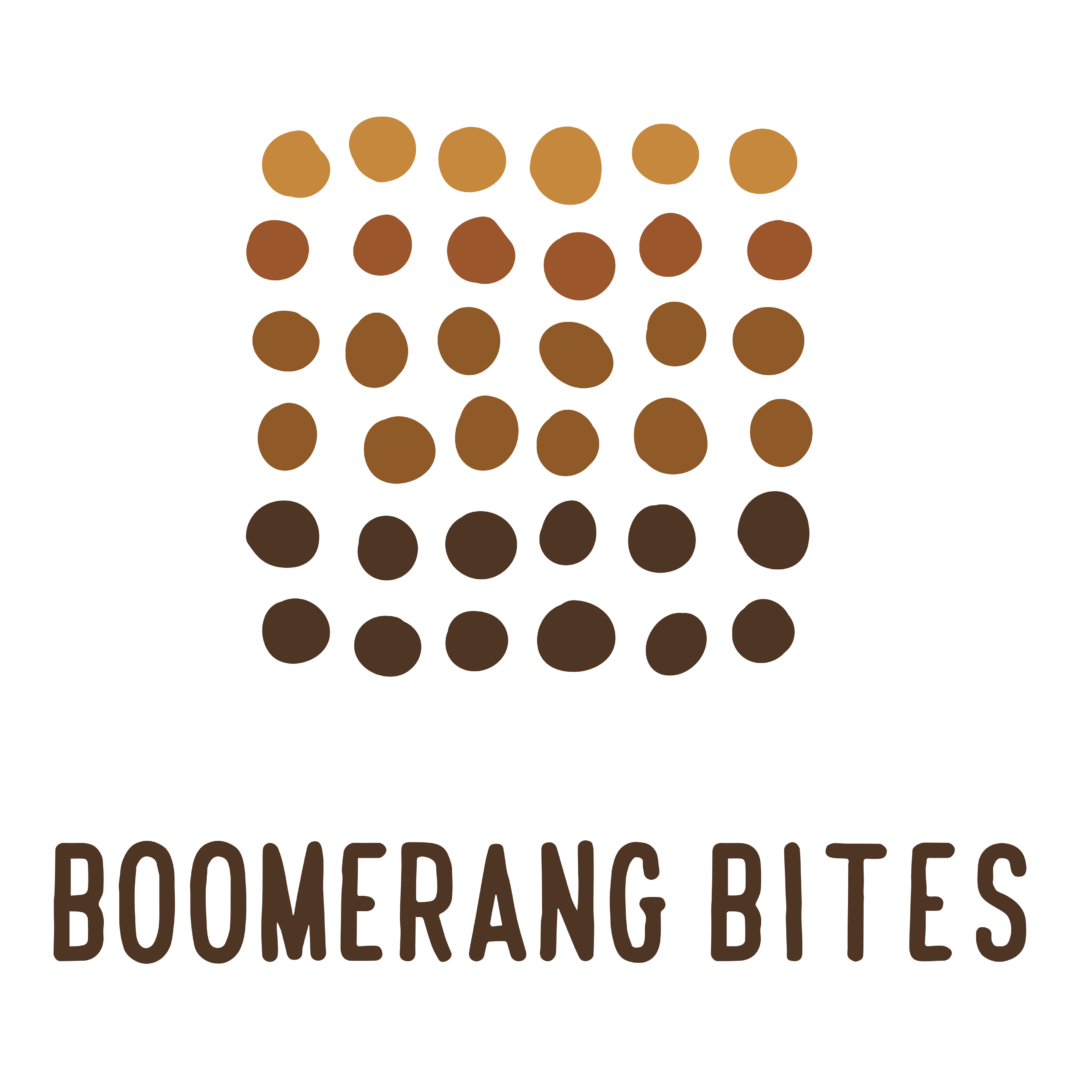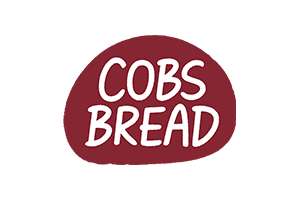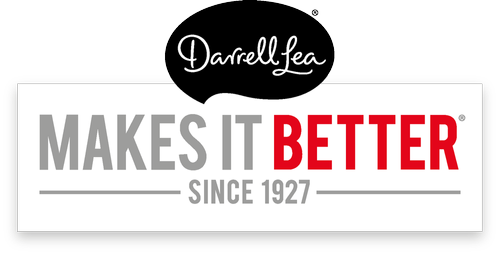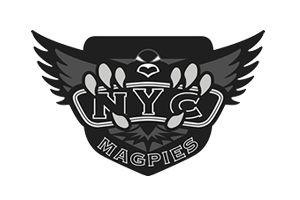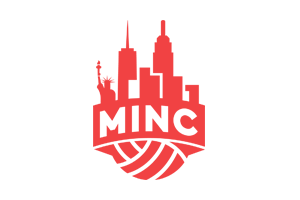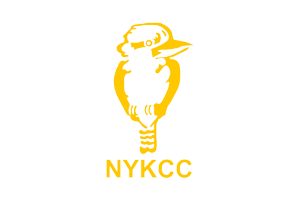When you move to New York City, you are bombarded with information. I have tried to use this website as a resource where you can get right back to the absolute essentials and find exactly what you need. One of the things that I had trouble with when I first got here was the concept of the five boroughs of New York City, a concept that doesn't exist anywhere else (at least not in Australia).
So I thought I'd help you out if you're just looking at moving to the city and give you a summary of what it means to live in each of the five boroughs, while my article on neighborhoods slowly fills out.
These are brief and are by no means a full explanation of all of the neighborhoods inside each, but I feel it gives a quick cross-section. There are going to be opinions too that might differ from mine, so please do comment below if you agree or disagree.
Manhattan
The big one, the island, the borough that contains most of the pictures you've probably seen. Manhattan is the epicenter of New York life, packed with iconic landmarks, cultural institutions, and some of the most expensive real estate in the world.
Starting at the top, Washington Heights and Harlem retain some of the city's historic character, with rich cultural influences, more affordable rents, and a neighborhood feel. As you move down, the Upper East and Upper West Sides border Central Park, offering upscale residential living, world-renowned museums, and that classic New York vibe.
Midtown is commerce and tourism and home to Times Square, the Empire State Building, and countless office towers. It's a frantic, high-energy area that you will learn to avoid outside of work because even for someone who loves living in the city, it's not a pleasant place to spend much time. Moving further down, Greenwich Village, the East Village, and SoHo mark the transition to a trendier, more residential vibe, filled with bars, restaurants, and much more of the residential elements of New York.
There is no designated shopping district, there are about dozens of areas that are focused on very particular aspects of business, commerce, and life, and you'll learn quickly which pocket of which area is where you like to do a particular type of eating, drinking, or shopping.
Finally, at the southern tip, the Financial District (FiDi) is a blend of historic Wall Street institutions and modern skyscrapers. It's very much a work zone by day, but surprisingly quiet at night as all of the business people leave to their homes elsewhere in the city (or outside).
Takeaways for Manhattan:
- The densest, most expensive place to live in NYC.
- The first stop for many newcomers, but people often move out for more space and cheaper rent after a few years.
- Packed with tourists in Midtown, but full of incredible culture, food, and nightlife further downtown.
Brooklyn
Brooklyn is about three times the size of Manhattan—and incredibly diverse. It's known for being trendy, artsy, and a more affordable alternative to Manhattan (though that’s rapidly changing).
Close to Manhattan, Williamsburg and Greenpoint are hotspots for young professionals and creatives, featuring boutique shops, waterfront parks, and some of the best food and nightlife in the city. These areas are now basically extensions of Manhattan with the market getting so difficult to enter for new arrivals, so you'll feel very comfortably at home right away here. DUMBO (Down Under the Manhattan Bridge Overpass) is an expensive, picturesque neighborhood with cobblestone streets and stunning skyline views and you've definitely seen the photos from this area of the Brooklyn Bridge.
Further out, Bushwick offers an edgier but still vibrant scene with lower rent and plenty of art spaces. Neighborhoods like Park Slope and Prospect Heights are more family-friendly, with beautiful brownstones and proximity to the vast Prospect Park. The deeper into Brooklyn you go, the more residential and suburban it becomes as you head into Queens and Long Island.
Takeaways for Brooklyn:
- Trendy and full of culture, but rapidly becoming more expensive.
- A favorite for those leaving Manhattan who still want an urban feel.
- Huge borough—some parts are close to the city, others feel suburban.
Queens
Do you know what's bigger than Brooklyn? QUEENS! Queens is the most diverse borough in NYC, both culturally and geographically. It’s home to more languages and ethnic communities than anywhere else in the country, which means the food and culture is next-level.
Astoria is a go-to neighborhood for great Greek food, laid-back bars, and a slightly more affordable lifestyle close to Manhattan. Long Island City (LIC) has undergone a rapid transformation, now full of high-rise apartments and a growing business hub along the East River.
Further into Queens, Jackson Heights and Flushing are renowned for their world-class cuisine, from Indian to Chinese to Latin American. Forest Hills and Rego Park provide a more suburban feel with tree-lined streets and strong community ties. If you're looking for beaches, the Rockaways offer oceanfront living at the city's edge.
Takeaways for Queens:
- The most diverse borough with incredible food from all over the world.
- More affordable than Manhattan and Brooklyn, but still offers city convenience.
- A great option for those who want a bit more space without going too far from the action.
The Bronx
Often overshadowed by Manhattan and Brooklyn, The Bronx has a rich history, vibrant culture, and plenty to offer. It’s the birthplace of hip-hop and home to Yankee Stadium, the Bronx Zoo, and the stunning New York Botanical Garden.
The South Bronx has seen significant revitalization in recent years, with new developments and an expanding arts scene. Fordham and Belmont offer a taste of authentic Italian culture on Arthur Avenue, often called the real Little Italy of New York. Further north, neighborhoods like Riverdale provide a suburban escape with spacious homes and greenery.
Takeaways for The Bronx:
- More affordable than Manhattan and Brooklyn.
- A strong cultural identity, with music, sports, and food at its core.
- Has some areas that are less accommodation to new arrivals but also plenty of hidden gems.
Staten Island
Staten Island is the borough most people forget about—but it has its perks. It's the most suburban of the five, with detached homes, parks, and a slower pace of life.
One of its biggest draws is the Staten Island Ferry, a free ride with incredible views of the Statue of Liberty and Lower Manhattan. The borough itself has large green spaces like Staten Island Greenbelt and Conference House Park, making it ideal for nature lovers.
Importantly, it’s very much less connected to the rest of the city, and you really want to understand NYC and your connection with it before deciding to live and stay in Staten Island. I've now been in the States almost a decade, and can say I don't know and haven't met really anyone from Staten Island.
They do have a good BBQ and beer festival though.
Takeaways for Staten Island:
- The quietest and most suburban borough.
- Less public transport access, so a car is often necessary.
- Best for those who want a New York address without the NYC chaos.
